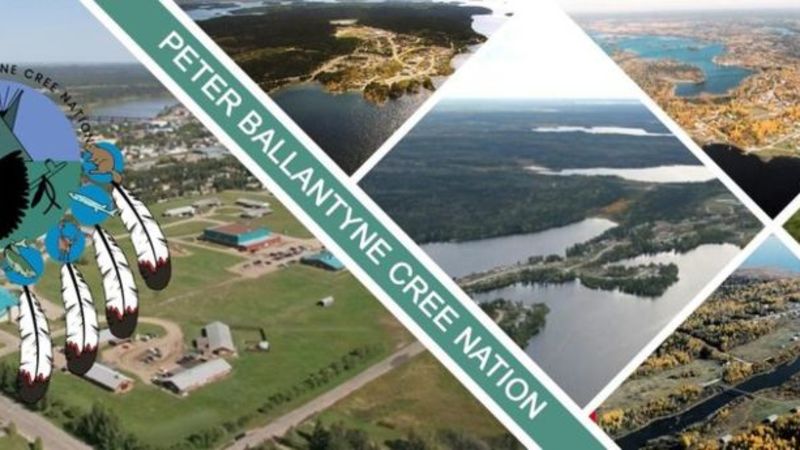
14 days of solitude: The lonely success of the ‘Atlantic bubble’
ST. JOHN’S, N.L. — Laurie Leek has spent four of the past eight weeks alone in her home in St. John’s.
She was alone for her birthday. She was alone in the weeks immediately following her mother’s death. “It was terrible,” she said. “It was a very long haul, I have to say.”
Leek left Atlantic Canada to visit Ontario twice during the pandemic: first to see her mom who was sick, and again because she had died. Each time she returned to St. John’s, Leek had to isolate alone at home for two weeks.
And while the strict isolation orders have been difficult for Leek and others across the four Atlantic provinces, they’ve also been a major reason, according to health experts, the region has had remarkable success eliminating community transmission of COVID-19.


